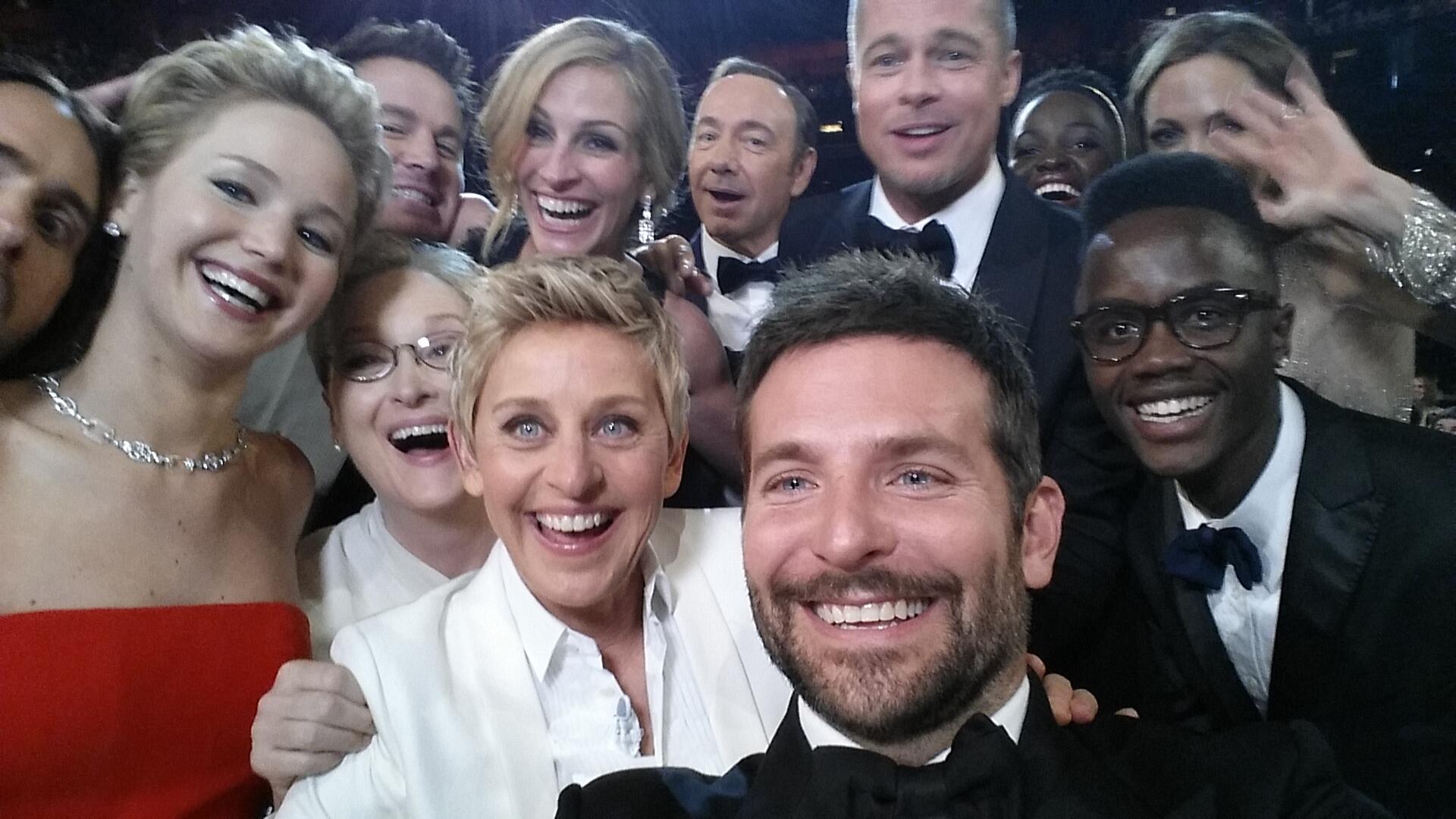Hello, dear readers! Today is a day that always fills me with deep thoughts and gratitude. It’s the day I’ve been calling Miracle Day for years, which my husband has re-branded cutely into “Amanda Day.” Just over a week away from my actual birthday, I realize it could also be called my rebirth day.
Fourteen years ago, I was a passenger in a near-fatal car crash that left me with a traumatic brain injury, an uphill battle of relearning absolutely everything (walking, talking, eating, seeing, balancing…etc.)–and a huge sense of purpose. Three years ago, another horrific car crash (rear-ended!) left me with another head injury and a renewed sense of purpose and love.
I beg you to consider it more the literary nerd in me rather than total egomania–but part of what’s helped me piece together the puzzle of my life is realizing that many literary heroes undergo an epic quest and ultimate rebirth to become a new, leveled-up, wiser version of their still former selves–not a transformation into a different person, but a better version of themselves. These epic heroes have traded something dear to realize their destiny. There is usually an element of loss, but for a greater gain and a greater good. They don’t give up because things have changed; they move forward, realizing they are better equipped, even if it’s difficult, and even if they must get to know themselves anew.
I reflect on this often, blessed as I am to have made a “full recovery.” I put it in quotes, because a brain injury is permanent. However, the brain is FASCINATING in its ability to rebuild new connections, new workarounds for how things used to be. Just because an area of the brain was damaged does not necessarily mean that a function/skill is lost–the brain can often accommodate, especially with great rehab like I had at Marianjoy Rehabilitation Hospital, part of Northwestern Medicine (where I proudly work!). Now, 14 years after my major trauma, I certainly think/work differently before–but I don’t (usually) think of it as a bad thing. Things that are perhaps a bit slower for me now are certainly offset by the enormous perspective, compassion, and sense of purpose I gained. I feel like I see the world completely differently now; that my unquenchable sense of carpe diem has unlocked a thousand lifetimes for me, that my equally heartbreaking and heart-filling sense of empathy is a network of a thousand souls.
I was blessed to recover as I did, in a completeness that many are not lucky enough to reach–and let me tell you, that survivor’s guilt is intense. As much as I LOVE volunteering, donating, mentoring, giving back–I will never feel equal to the love and support God, my family, friends, and strangers showed me during my recovery. Recovery for me was an enormous hug with a soft, warm blanket of love that has only grown since those hard days.
November is an interesting month for me–and again, it’s the literary nerd in me that seeks themes–but I could not think of a better series of holidays to celebrate: Rebirth Day/Miracle Day/Amanda Day; Thanksgiving (SO MUCH to be thankful for); and my actual birthday. Thank you God, family, husband, friends, coworkers, and again, strangers–for making this life so beautiful and blessed.
Today is sometimes melancholic for me, reflecting on how lucky I have been to be saved twice on November 21 and wondering what it all means. More than anything, it is a day filled with gratitude. My husband and family make sure it is also a fun day for me. Tonight, Dave and I played a word game (my favorite!) and I had pizza (also my favorite!) and am soon to partake in some dark chocolate (another favorite–see a theme?). I’m writing on my new laptop I’m already obsessed with that Dave got me as an early present for Amanda Day/birthday/Christmas (who gets presents for the anniversary of their medical events?? This lucky wife! 🙂 ) My wonderful boss made sure I was able to work from home today so I wouldn’t have to be on the roads and could stay comfortable–and she gave me many hugs and such compassion, along with several other coworkers yesterday.
I am absolutely blessed with this life. Even the dark moments led to more beauty, more growth, a deeper existence–a rebirth. 🙂
















